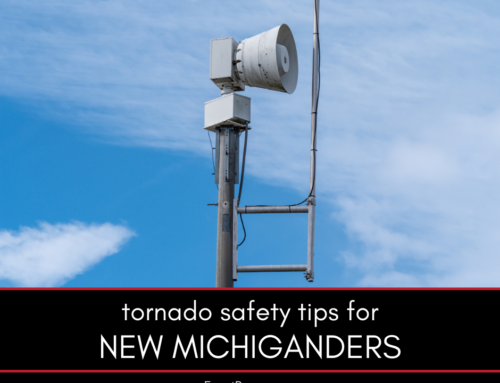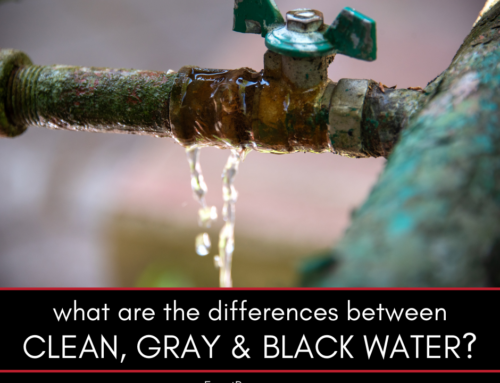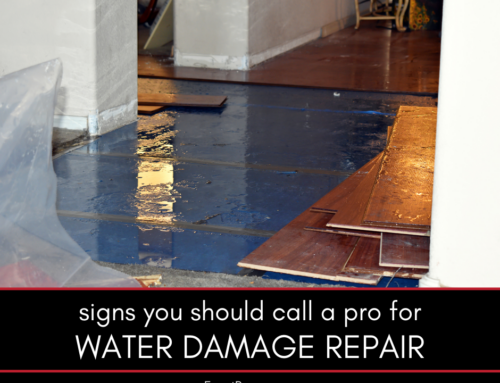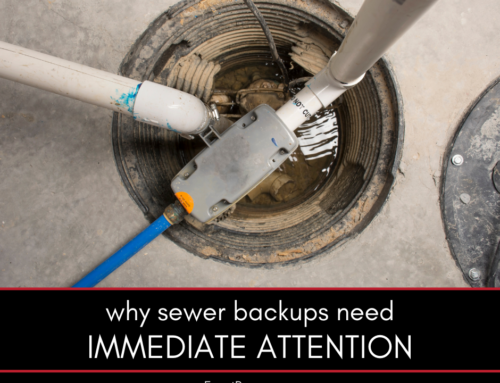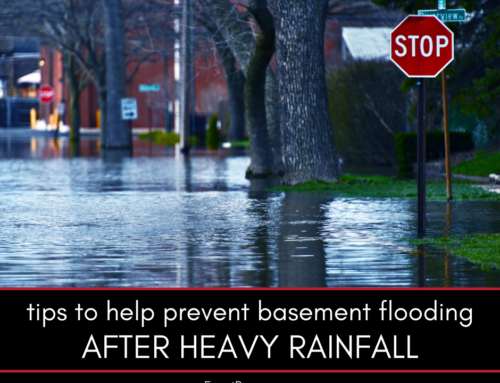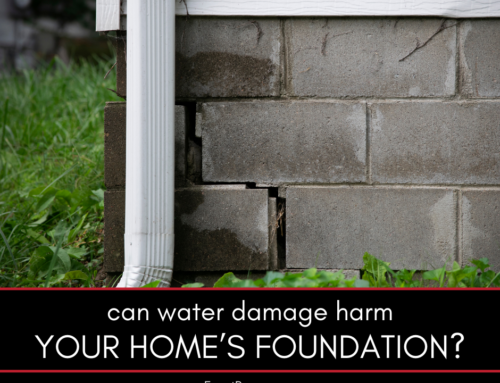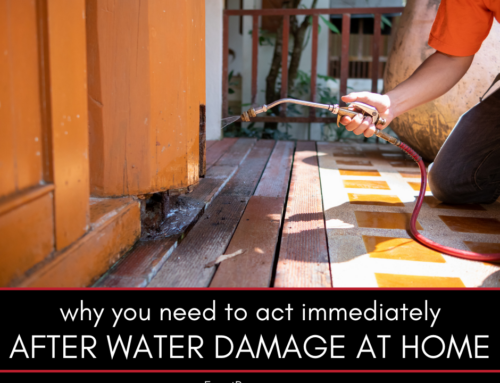Water damage is a serious issue that can have lasting impacts on the structural integrity of your home. Understanding the long-term effects of water damage can help you take the necessary steps to protect your property and ensure its longevity.
The Long-Term Effects of Water Damage on Home Structures
This guide explores the long-term effects of water damage on various aspects of your home. It covers the following:
- Structural weakening
- Mold growth and health risks
- Wood rot and deterioration
- Foundation issues
- Electrical system damage
- Insulation damage
- Decreased property value
- Importance of professional restoration
Here’s a closer look at each.
Structural Weakening
Water damage can significantly weaken the structural components of your home. Prolonged exposure to moisture can cause materials like wood, drywall, and concrete to deteriorate. Wooden beams and joists may become soft and lose their load-bearing capacity, leading to sagging floors and ceilings. Drywall can swell, warp, and crumble, compromising the integrity of walls and ceilings. Even concrete, which is generally resistant to water, can suffer from long-term exposure, leading to cracks and weakened foundations. Over time, this structural weakening can compromise the safety and stability of your home.
Related: Expert advice on water damage, fire damage, mold and more
Mold Growth and Health Risks
One of the most common long-term effects of water damage is mold growth. Mold thrives in damp, humid environments and can begin to grow within 24 to 48 hours of water exposure. Once mold takes hold, it can spread rapidly, affecting large areas of your home. Mold growth not only damages surfaces but also poses significant health risks. Exposure to mold spores can cause respiratory problems, allergies, and other health issues, especially for individuals with preexisting conditions. Long-term mold exposure can lead to chronic health problems and significantly reduce indoor air quality.
Wood Rot and Deterioration
Wood rot is a serious consequence of long-term water damage. When wood is exposed to moisture for extended periods, it can begin to decay and rot. There are two main types of wood rot: dry rot and wet rot. Dry rot is caused by a specific type of fungus that thrives in moist conditions and can spread rapidly, even to dry wood. Wet rot occurs when wood is continuously exposed to moisture, causing it to become soft, spongy, and structurally unsound. Both types of rot can weaken wooden structures, such as beams, joists, and framing, leading to significant damage and the need for extensive repairs.
Related: Sewage backup in your home
Foundation Issues
Water damage can have severe effects on your home’s foundation. Excess water around your home can seep into the soil, causing it to expand and contract. This movement can lead to foundation settling, cracking, and even shifting. Over time, these foundation issues can cause structural problems throughout your home, including uneven floors, cracked walls, and misaligned doors and windows. Addressing water damage promptly and ensuring proper drainage around your home can help prevent these foundation issues and maintain the stability of your home.
Electrical System Damage
Water and electricity are a dangerous combination, and water damage can severely impact your home’s electrical system. Moisture can corrode electrical wiring, outlets, and fixtures, leading to short circuits, electrical fires, and power outages. Long-term exposure to water can cause insulation around wires to deteriorate, increasing the risk of electrical hazards. It’s crucial to have a professional inspect and repair any electrical components affected by water damage to ensure your home’s safety and prevent future issues.
Insulation Damage
Water damage can also compromise the effectiveness of your home’s insulation. Insulation materials, such as fiberglass, cellulose, and foam, can absorb moisture, reducing their insulating properties. Wet insulation loses its ability to trap air and keep your home warm in the winter and cool in the summer. Over time, this can lead to higher energy bills and reduced comfort. Additionally, wet insulation can become a breeding ground for mold and mildew, further exacerbating health risks and damage. Replacing water-damaged insulation is essential to restore your home’s energy efficiency and indoor air quality.
Decreased Property Value
The long-term effects of water damage can significantly decrease your home’s property value. Visible signs of water damage, such as stains, mold, and structural issues, can deter potential buyers and reduce your home’s marketability. Even if the damage is not immediately visible, home inspectors can detect signs of past water damage, leading to lower offers or the need for costly repairs before a sale can proceed. Addressing water damage promptly and thoroughly can help maintain your home’s value and ensure it remains an attractive option for future buyers.
Importance of Professional Restoration
Given the severe long-term effects of water damage, it’s crucial to address any issues promptly and thoroughly. Professional restoration services provide the expertise, equipment, and techniques needed to effectively mitigate water damage and prevent future problems. Professionals can identify hidden moisture, ensure complete drying, and perform necessary repairs to restore your home’s structural integrity. Hiring a professional for water damage restoration not only ensures thorough cleanup but also provides peace of mind that your home is safe and sound.
FAQ About Long-Term Effects of Water Damage
Check out these commonly asked questions about the long-term effects of water damage. If you don’t see your question here, please call our office and we’ll find you the answers you need.
How Can I Tell If My Home Has Long-Term Water Damage?
Signs of long-term water damage include stains on walls and ceilings, warped or sagging floors, mold growth, musty odors, and structural cracks. If you notice any of these signs, it’s essential to address them promptly.
What Should I Do If I Discover Mold in My Home?
If you discover mold in your home, it’s crucial to address it immediately. Small areas of mold can be cleaned with household cleaners, but extensive mold growth requires professional remediation to ensure safe and thorough removal.
Related: How does homeowners insurance work after a disaster?
Can Water Damage Affect My Home’s Resale Value?
Yes, water damage can significantly decrease your home’s resale value. Visible damage, mold growth, and structural issues can deter potential buyers and lead to lower offers. Properly addressing water damage can help maintain your home’s value.
How Can I Prevent Water Damage in My Home?
Preventing water damage involves regular maintenance, such as inspecting and repairing leaks, ensuring proper drainage around your home, and maintaining your roof and gutters. Installing sump pumps and using dehumidifiers can also help prevent water damage.
Why Is Professional Water Damage Restoration Important?
Professional water damage restoration is important because it ensures thorough and effective mitigation of water damage. Professionals have the expertise and equipment to identify hidden moisture, prevent mold growth, and perform necessary repairs to restore your home’s structural integrity and safety.
Do You Need a Disaster Remediation Expert in Washtenaw County or Jackson County?
If your home has already been damaged, we can help. Check out our services and call Exact Recon for your free disaster remediation quote today. We offer:
- Water damage restoration
- Fire damage restoration
- Mold removal and remediation
- Fire and smoke restoration
- Sewer cleanup and disinfecting
- Reconstruction
- Wind and storm damage repair


